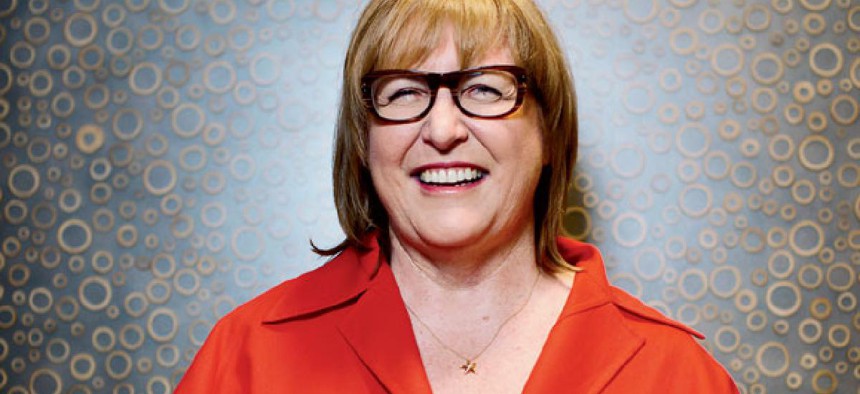
Melissa Golden
It Can Pay To Be Willing To Fail
Investing in innovation—even when ideas flop—has huge potential benefits.
How do you spur innovation in government? Be willing to fail. How do you make government willing to fail? Make failure cheap. That’s the idea behind Development Innovation Ventures, run by Maura O’Neill, the U.S. Agency for International Development’s chief innovation officer.
The program takes a venture capital approach to development, passing out grants to applicants with strong ideas but insisting they have plans to make their products and services sustainable.
If the projects go kaput, USAID isn’t out as much money as it would be with a conventional contract. If the projects show promise, the agency will have made a difference in people’s lives without a major investment or commitment.
“We’ve seen for-profit startups that have never been in development before but think maybe they can repurpose their invention,” she says. “We’ve seen people who have spent their entire lives in development but have never quite had the ability to come forward with what they believe are breakthrough ideas.”
DIV-funded initiatives have ranged from a low-cost, tampon-like balloon that stops post-childbirth hemorrhaging to a sticker on minibus windows urging passengers to report the driver for speeding.
“We think the government more broadly ought to really take a look at this approach,” O’Neill says. “Whether we’re trying to reduce traffic accidents in the U.S. or we’re trying to get people not to smoke, if we begin from a point of view that we don’t exactly know what works and we try out a bunch of interventions and scale the ones that do, we think that has broad applicability.”







